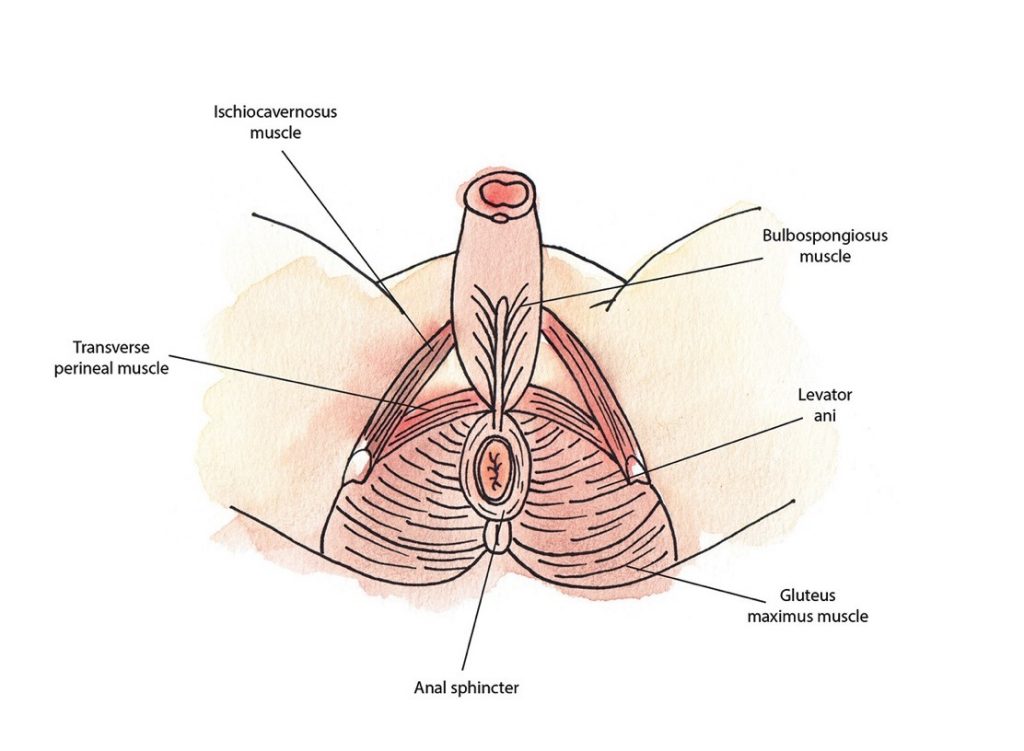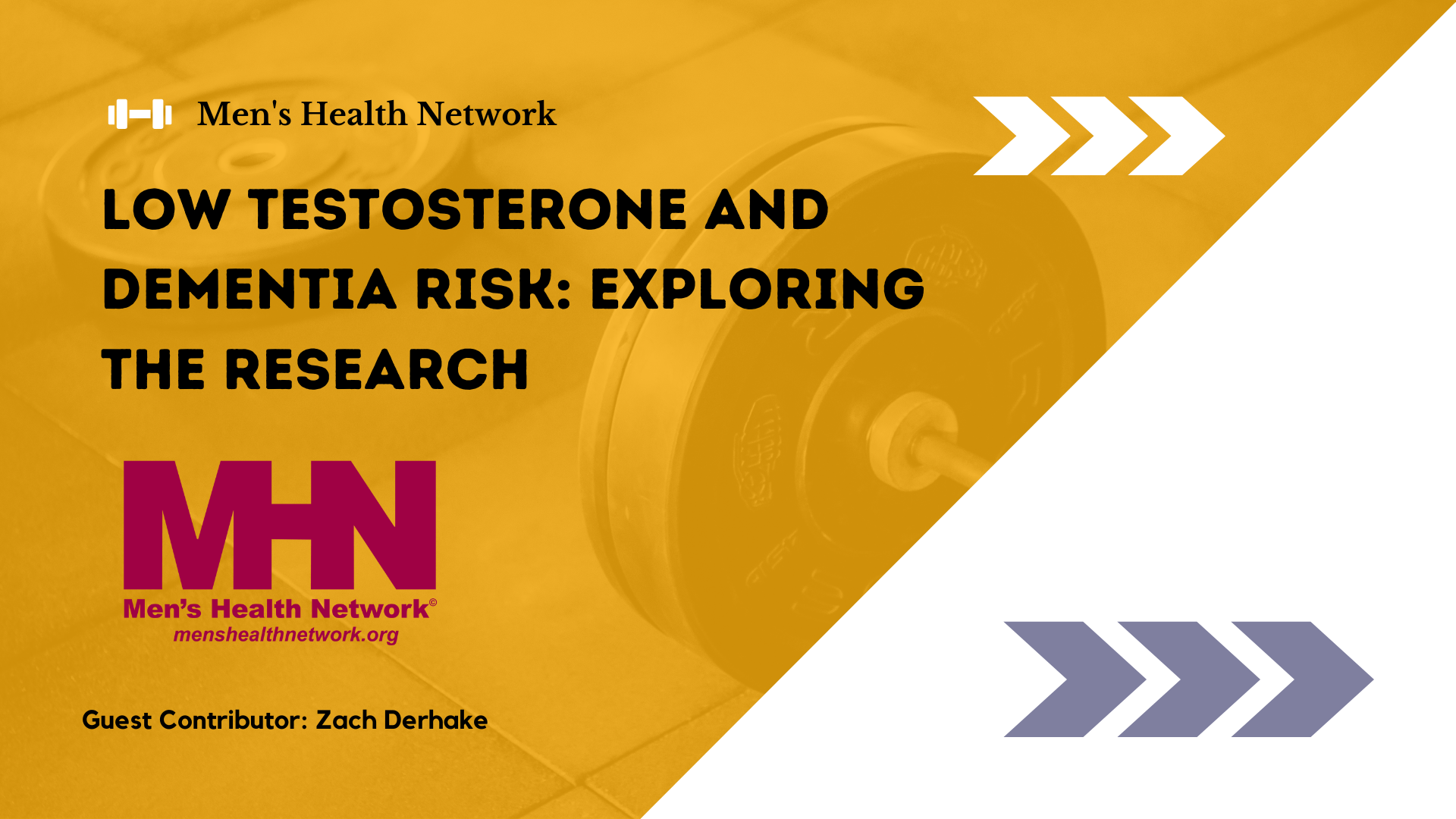If you’re gonna understand premature ejaculation, you’ll need to learn how your penis works before you read anything else. In this blog series, you’ll get to grips with how your penis functions and the mechanisms that work together to control your rocket launcher.
First up: how does an erection work?
A healthy erection is controlled by multiple physiological systems.
1. Neurological – The brain is an important organ involved in liftoff. If you’re head’s not in it (and I mean the one on top of your shoulders), this could put out your fire quicker than you’d like. The key players are neurochemicals like dopamine, oxytocin, serotonin, norepinephrine, and nitric oxide. Read more about hard-ons here.
2. Vascular – Your penis is made up of a vast network of spongy tissue so that blood can fill and engorge the penis and drain when done. Getting optimal boners means keeping your pipes squeaky clean; good blood flow means having good cardiovascular health. The gym doesn’t sound so bad after all, huh?
3. Muscular – Your pelvic muscles are key players in sexual function. Strong and powerful contractions of the pelvic muscles aide in better, more satisfying orgasms as well as help expel semen during ejaculation. But it’s not just the contraction that matters. The letting go is just as important as squeezing. A muscle needs to relax in order to have enough oomph to power up and it’s this synchronous coordination of letting go and contracting that functions during ejaculation and enhances your orgasm.

4. Hormones – There is a vital group of hormones that work together to give you optimal bedroom performance, testosterone being the most obvious of the bunch. Another that deserves a standing ovation, though, is oxytocin. Oxytocin increases dopamine, a neurotransmitter responsible for stimulating the reward and pleasure centers of the brain, including sexual activity. It’s also been shown to activate nitric oxide, which helps increase blood flow to erectile tissue.
It’s worth noting here that stress hormones, although super helpful when you’re in danger, are a buzzkill in the bedroom. Adrenaline and norepinephrine mop up nitric oxide, which decreases the blood flow to the penis. And sneaky cortisol likes to steal an essential precursor to testosterone, which means less sex hormone to go around.
How amazing is the human body that it can synchronize all these systems at once? And in perfect time, so that you can perform the way you want to in the bedroom.
One thing worth mentioning here is that there’s no standard definition of an orgasm in all of this. Orgasm is a personal and subjective experience. Everyone experiences it differently and it’s not the same as ejaculation… The processes are different. In fact, you can have an orgasm without ejaculation.
So, with erections taken care of, what’s the deal with sexual function? Let’s take a look at what happens from start to finish:
1.Tumescence – This is when the penis engorges with blood AKA your erection. This stage is parasympathetically driven, meaning that you need to be relaxed and in ‘rest and digest’ mode. Bringing stress into the bedroom will definitely rain on your parade. The pudendal nerve that innervates your genitals and pelvic muscles is motor, sensory and autonomic in function. That is: it also communicates with your bladder and prostate. Penile stimulation activates the sacral reflex arc via this nerve and its accompanying branches. That’s health-speak for ‘everything is connected’. And that’s important.
2. Ejaculation – This has two phases:
A. Emission is the buildup before liftoff. Controlled by the autonomic nervous system (PSNS, SNS) and the brain, which is why you can experience an orgasm just by imagining something erotic or sexually stimulating. During this phase, there’s a detour mechanism where the muscles around the bladder neck close to prevent semen from going into the bladder. Around the same time, a semen cock-tail is injected into the base of the urethra in preparation for ejection. Semen is a molecular mixture of:
- 10% prostatic fluid – zinc, citric acid, citric phosphatase
- 10% sperm
- 80% seminal fluid – alkalizing fluid predominantly made of fructose to protect the precious swimmers
B. Expulsion means time for liftoff! This phase follows emission and is when ejaculate is expelled from penile urethra. Your pelvic muscles (bulbospongiosus and ischiocavernosus) rhythmically contract several times to eject fluid from your penis. Depending on the strength, endurance and coordination of these muscles, the volume and force of ejaculate will vary. If you’ve had a vasectomy, the volume will be a little less. Despite ‘dry ejaculate’, you still have the same mechanisms at play as men who’ve had a prostatectomy might experience.
You’ve got to have a team making sure all systems are go before launch and your nervous system is one of the most important players that control ejaculation. The main sensory input comes from the dorsal nerve to the penis, which is a branch of the pudendal nerve mentioned earlier. So, any sensation to glans, shaft of penis, prepuce, testicles or groin will send signals up to your spinal cord and brain where the magic happens (if the context is sexually relevant).
Your brain is boss. Ultimately, it’s your brain that decides whether or not to hit the red launch button. The brain and other neurological modulating structures coordinate the task of ejaculation in synchrony, sorta like an orchestra. Interestingly enough, the areas of the brain that modulate fear, threat, stress, emotion, and pain are those involved in the appreciation and control of sexual function. This is super important when it comes to understanding the treatment of sexual dysfunction, including premature ejaculation.
3. Refractory period – After liftoff, all the spectators go home. This phase may be driven by the central nervous system (brain and spinal cord) rather than spinal reflexes. It’s also chemically driven by hormones and neurotransmitters, which is good because having an erection all night would not be ideal. Scientists are still learning a lot about this phase.
So, now that you’re up to snuff about how your penis works, head to part two, which focuses specifically on premature ejaculation and tips for what you can do to optimize your performance in bed.
And if pain is stopping you getting it on, check out the Men’s DIY Pelvic Pain Relief Program to get your sex-life back.
Image by NASA-Imagery from Pixabay



